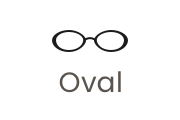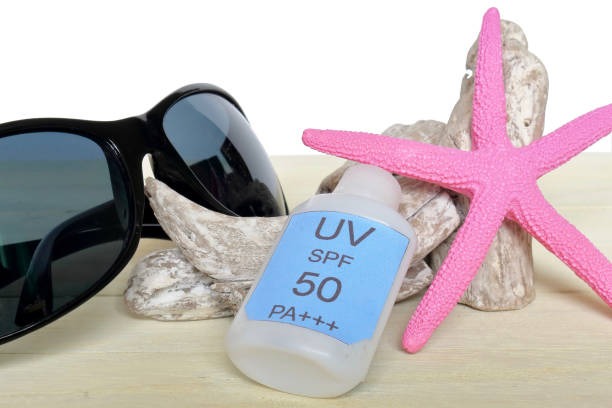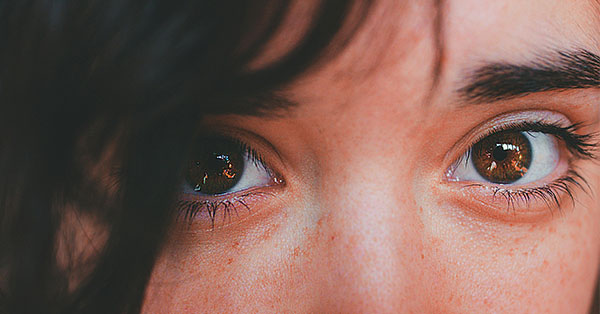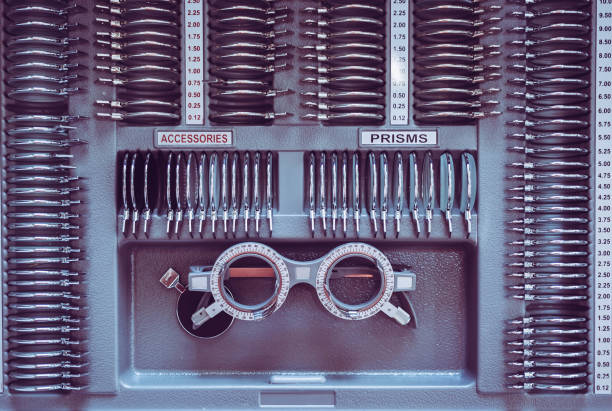
Guide to Picking Glasses That Suit Your Face Shape Perfectly
February 27,2023

What is Boho Style? A Comprehensive Guide to Boho-Chic Fashion
February 13,2025

Virtual Glasses Try On - Find Your Perfect Pair Online
April 02,2024

UV Protection Glasses VS. Blue Light Glasses - Vooglam
July 20,2023

Newest Style Modern Trendy Mens Glasses | Vooglam
March 01,2024

Stylish Reading Glasses: Blending Fashion with Functionality
February 16,2023

What are photochromic lenses & glasses?
September 22,2023

Brown Eyes: The Beauty of the Most Common Hue
September 01,2024

The chubby face glasses for round face female
August 02,2023

What are prisms in eyeglasses?
March 20,2023

What Are Bifocal Glasses? The Complete Guide (Types, History & Benefits)
April 14,2023

How to Read Your Eyeglass Prescription?
March 11,2023
Progressive Lenses vs. Bifocals: What’s the Difference? (And Which is Better?)
You have your prescription, and you know you need help seeing both near and far. But when you get to the checkout, you're hit with a choice: Bifocals or Progressive Lenses?
At a glance, they seem to do the same thing. They both help you read a text message and drive a car without switching glasses. But that is where the similarities end.
The difference isn't just about how they look; it’s about how they work with your brain. Choosing the wrong one can lead to weeks of frustration, wasted money, or glasses you simply never wear.
This guide cuts through the technical jargon to compare progressive vs. bifocal lenses side-by-side, helping you decide which trade-offs are worth it for your lifestyle.
This article is not a substitute for a professional diagnosis.
- Are Bifocals Progressive Lenses?
- At a Glance: The Comparison Table
- What Are Bifocals? (The "Clarity" Choice)
- What Are Progressive Lenses? (The "Modern" Choice)
- The Cost Battle: Progressive vs. Bifocal Cost
- The Verdict: Bifocal vs. Progressive – Which Is Better?
- What About Trifocals? (Trifocals vs. Progressive)
- Final Thoughts
Are Bifocals Progressive Lenses?
Let’s clear this up immediately because it confuses almost everyone.
Are bifocals progressive lenses? No.
They are two completely different technologies.
- Bifocals have two distinct viewing zones separated by a visible line.
- Progressive Lenses (often called "no-line bifocals") have three viewing zones that blend seamlessly without any visible line.
At a Glance: The Comparison Table

| Feature | Bifocals | Progressive Lenses |
| Visible Line? | Yes (Distinct line) | No (Invisible/Seamless) |
| Vision Zones | 2 (Distance + Near) | 3 (Distance + Intermediate + Near) |
| Computer Use | Limited (No true intermediate zone) | Good to Excellent (Dedicated intermediate zone) |
| Peripheral Vision | Clear (Wide peripheral clarity) | Reduced clarity (Peripheral distortion) |
| Cost | $$(More Affordable) | $$$ (Premium Price) |
| Adaptation Time | Usually fast (Often a few days) | Longer (Often up to 1–2 weeks) |
What Are Bifocals? (The "Clarity" Choice)

Bifocals are the "old reliable" of the optical world. You recognize them by the visible line—usually a D-shape or a circle—at the bottom of the lens.
How They Work: (See our complete guide: What Are Bifocal Glasses? Types, History & Benefits)
It’s strictly binary. The top of the lens is your distance prescription. The bottom segment is your reading magnification. Your eye simply hops over the line when you look down.
The Pros:
- Instant Adaptation: Because there is no "blending" of prescriptions, your brain figures it out almost instantly.
- Zero Distortion: Unlike progressives, you don't get that "fishbowl" or "swimmy" feeling on the sides of your vision.
- Wide Reading Area: The reading segment is wide and clear, which is great for people who read in bed.
The Cons:
- The "Image Jump": When your eye crosses the line, objects might appear to "jump" slightly in position.
- No Intermediate Zone: This is the dealbreaker for many. Since you jump straight from "Distance" to "Reading," there is no power in the middle for your computer screen. You have to lean in (using the distance part) or lean back (using the reading part) to see your monitor.
What Are Progressive Lenses? (The "Modern" Choice)

Progressive lenses are the modern standard for multifocal vision. They eliminate the line entirely, offering a smooth gradient of power from the top to the bottom of the lens.
How They Work: (Check out our complete guide on how progressive lenses work)
Think of the lens like a camera zoom.
- Top: Distance vision.
- Middle: Intermediate vision (perfect for car dashboards and computers).
- Bottom: Reading vision.
The Pros:
- Aesthetics: They look exactly like single-vision glasses. No one knows you are wearing "multifocals."
- Continuous Vision: You can look from a movie screen, to your speedometer, to your phone without any jarring jumps.
- Computer Friendly: That middle "intermediate" corridor is a lifesaver for office workers.
The Cons:
- Peripheral Blur: To blend three prescriptions into one lens, the sides of the lens are intentionally softer or blurry. You have to learn to point your nose directly at what you want to see.
- Adaptation Period: It can take up to two weeks to train your brain to use them without feeling dizzy.
The Cost Battle: Progressive vs. Bifocal Cost
We have to talk about the price tag.
Generally, progressive lenses cost more than bifocals.
Why?
Bifocals are relatively simple to manufacture—essentially two lens powers molded together. Progressive lenses require advanced digital surfacing technology to grind a complex, customized curve into the lens.
- Bifocals: Best for strict budgets.
- Progressives: An investment in convenience and aesthetics.
The Verdict: Bifocal vs. Progressive – Which Is Better?

There is no single "best" lens, but there is definitely a best lens for you.
Choose Bifocals If:
- You prioritize sharpness above all else.
- You get motion sickness easily (the peripheral blur of progressives might bother you).
- You rarely use a computer, or you have a separate pair of dedicated computer glasses.
- You are on a tighter budget.
Choose Progressives If:
- You want a youthful appearance (no visible lines).
- You work in an office or use a computer daily (you need that intermediate zone).
- You are willing to spend a week or two "training" your eyes for long-term convenience.
- You want one pair of glasses that does everything.
What About Trifocals? (Trifocals vs. Progressive)
You might hear about a third option called trifocals.
Trifocals are essentially bifocals with two visible lines—adding a third segment in the middle for computer distance.
Are they worth it?
Mostly, no. Trifocals are largely considered outdated technology. They give you the intermediate vision of a progressive but with the ugliness of two visible lines on your face. Most people who need three focal points today skip trifocals and go straight to progressives.
Final Thoughts
Whether you choose the sharp clarity of a bifocal or the seamless convenience of a progressive, the goal is the same: seeing your world clearly without the hassle of swapping frames.
Still undecided?
At Vooglam, we offer both options in thousands of stylish frames. If you try progressives and find you can't adapt, our support team is here to help you find the solution that works for your eyes.
Ready to choose? Shop our Best Sellers today.

Vooglam Blog
Vooglam blog shares professional knowledge about eyeglass frames, lenses, etc., and provides help when purchasing and using eyewear products. At the same time, Vooglam focuses on fashion glasses to interpret the trend of glasses for you.

































